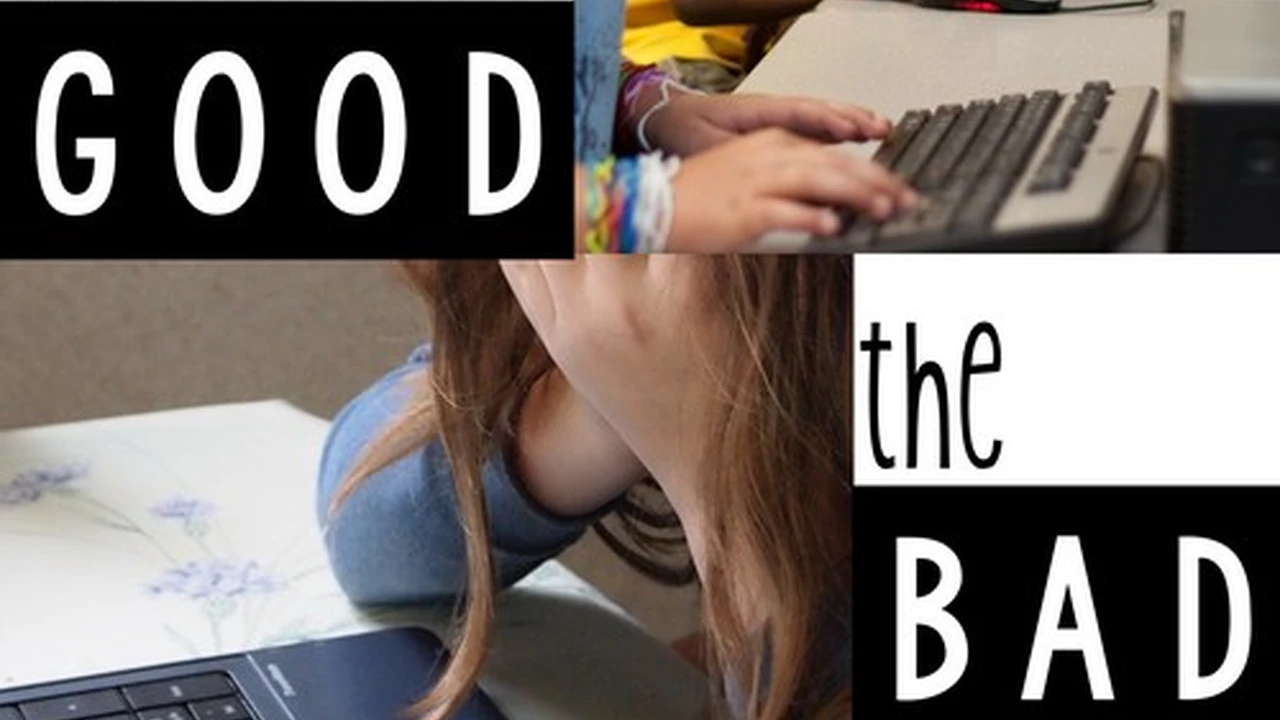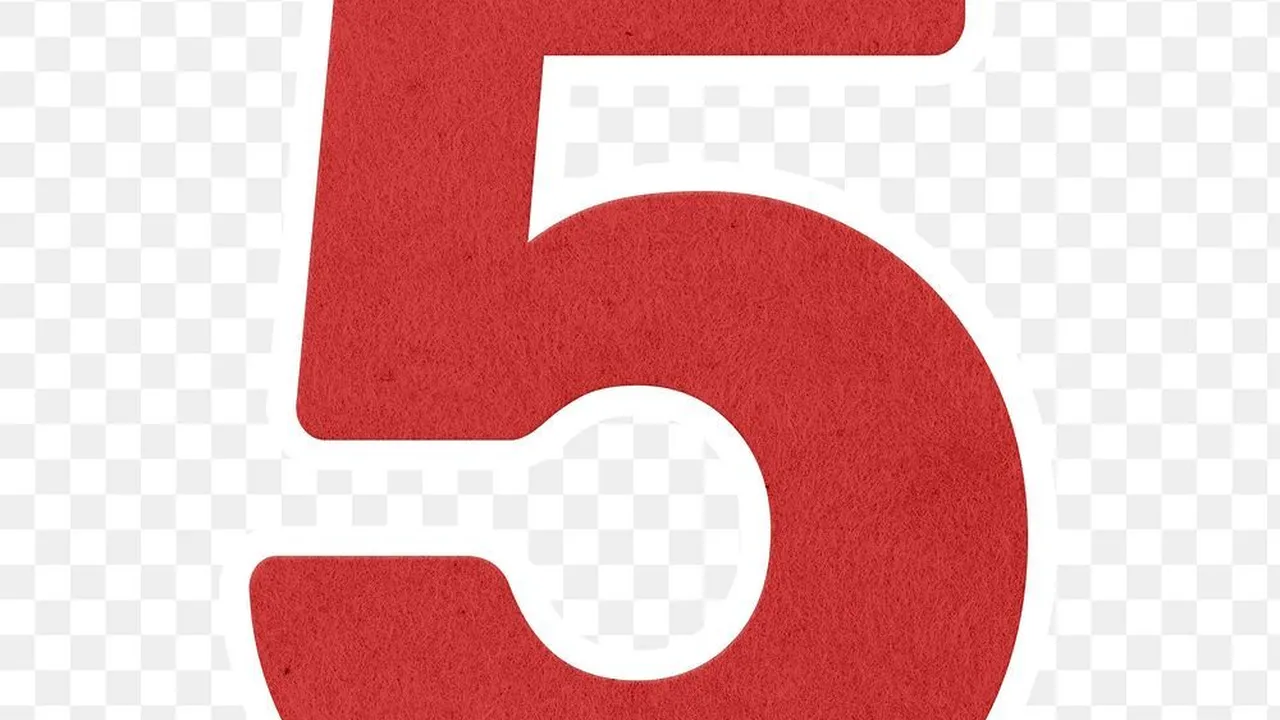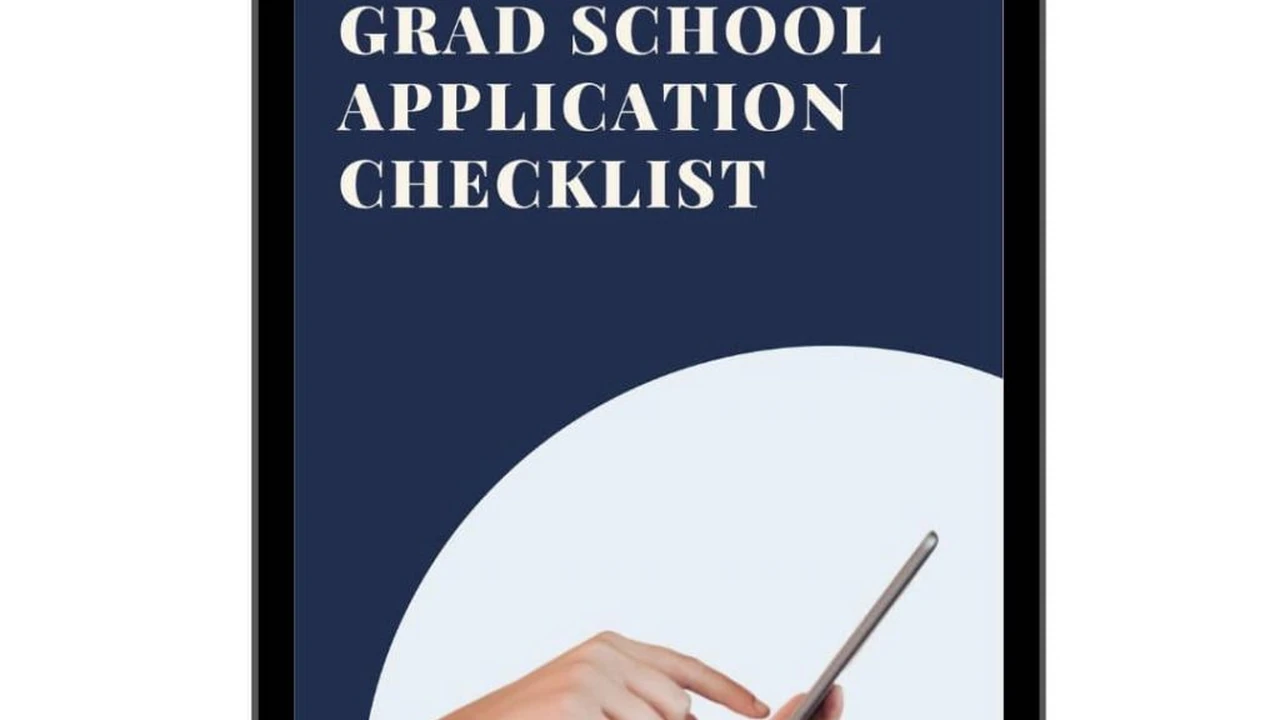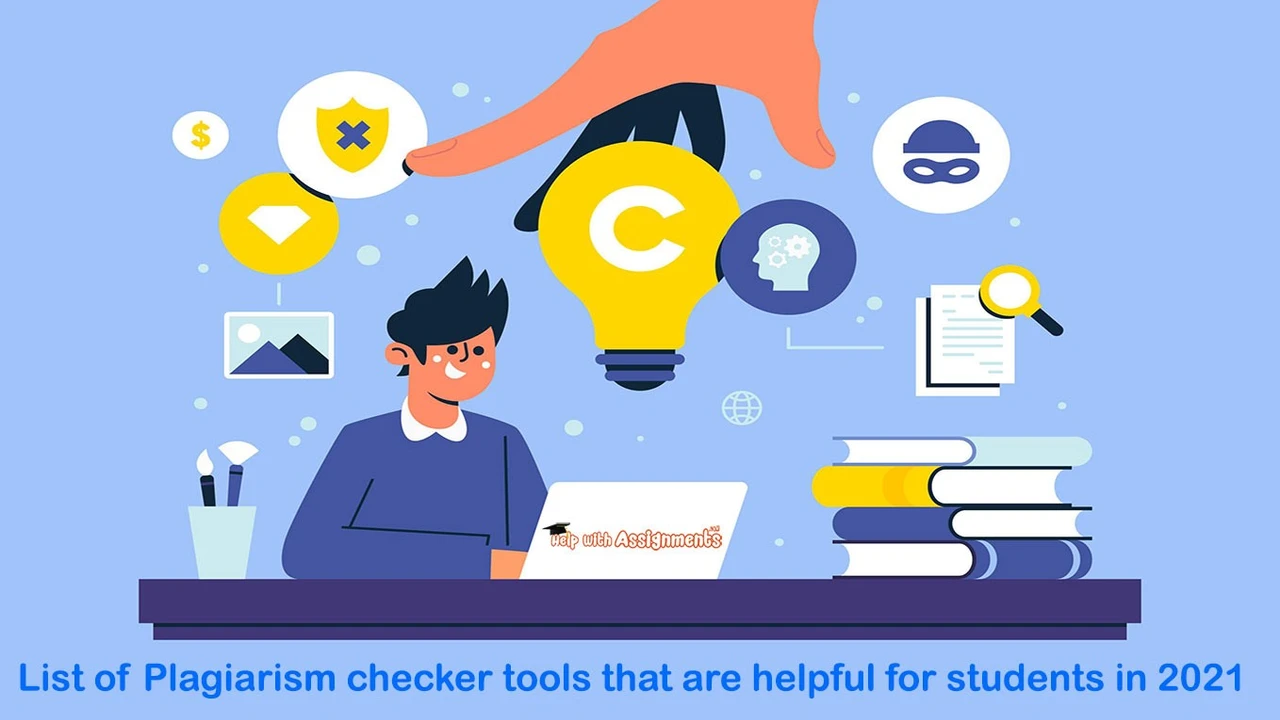Comparing Digital vs Physical Textbooks Pros and Cons
Weigh the benefits of digital vs physical textbooks with our pros and cons comparison. Choose the best format for your learning style.

Comparing Digital vs Physical Textbooks Pros and Cons
Alright, let's talk textbooks! It's a classic dilemma for every student: do you go old-school with a physical book, or embrace the digital age with an e-textbook? Both have their perks and their pitfalls, and honestly, there's no one-size-fits-all answer. It really boils down to your personal learning style, your budget, and how you plan to use the material. We're going to dive deep into the pros and cons of each, look at some specific products, and even chat about pricing so you can make the smartest choice for your academic journey.
The Tangible Advantage Physical Textbooks for Traditional Learners
There's something undeniably comforting about a physical textbook. The smell of the pages, the ability to flip through them quickly, and the satisfying thud when you close it after a long study session. For many, this tactile experience is crucial for learning and retention.
Pros of Physical Textbooks Tactile Learning and Resale Value
- No Digital Distractions: When you're reading a physical book, you're less likely to get sidetracked by notifications, emails, or the endless scroll of social media. It's just you and the text, which can be a huge plus for focus.
- Better for Annotation and Highlighting: While digital tools have improved, many students still prefer the freedom of writing notes directly in the margins, underlining with a pen, or highlighting with a physical marker. It feels more natural and can aid memory.
- Reduced Eye Strain: Staring at a screen for hours can lead to eye fatigue, headaches, and even blurred vision. Physical books, especially those with good paper quality, are generally easier on the eyes for extended reading sessions.
- Resale Value: This is a big one for budget-conscious students. Once you're done with a course, you can often sell your physical textbooks back to the bookstore, to other students, or on platforms like Amazon or Chegg, recouping some of your initial investment.
- No Battery Life Worries: A physical book never runs out of battery. You can take it anywhere, anytime, without needing to worry about finding an outlet.
- Easier to Flip and Skim: Quickly navigating through chapters, finding specific diagrams, or skimming sections is often more intuitive and faster with a physical book.
Cons of Physical Textbooks Weight Cost and Accessibility
- Weight and Portability: Textbooks can be incredibly heavy, especially if you have multiple classes requiring them. Lugging them around campus all day can be a real pain.
- Higher Upfront Cost: Generally, new physical textbooks tend to be more expensive than their digital counterparts. While you might recoup some cost through resale, the initial outlay can be significant.
- Environmental Impact: The production of physical books consumes paper, ink, and energy, contributing to a larger carbon footprint.
- Limited Accessibility: If you forget your book, you're out of luck. You can't access it from multiple devices or locations unless you physically carry it.
- Updates and Editions: New editions come out frequently, rendering older physical books obsolete for some courses, which can impact resale value.
The Digital Domain E-Textbooks for Modern Learning
E-textbooks have become increasingly popular, offering a convenient and often more affordable alternative to traditional print. They leverage technology to enhance the learning experience in various ways.
Pros of Digital Textbooks Convenience Searchability and Cost Savings
- Portability and Convenience: You can carry an entire library of e-textbooks on a single device – a laptop, tablet, or even your smartphone. This is incredibly convenient for students on the go.
- Lower Cost: Digital textbooks are often significantly cheaper than new physical copies. Sometimes, you can even rent them for a semester, saving even more money.
- Search Functionality: Need to find a specific term or concept? Digital textbooks allow you to search the entire text instantly, saving valuable study time.
- Interactive Features: Many e-textbooks come with built-in interactive elements like quizzes, videos, audio clips, and external links, which can enhance understanding and engagement.
- Adjustable Text and Accessibility: You can often adjust font size, background color, and even have the text read aloud, making them more accessible for students with visual impairments or learning disabilities.
- Environmentally Friendly: No paper, no ink, less waste. E-textbooks are a more sustainable option.
- Instant Access: You can purchase and download an e-textbook instantly, no waiting for shipping or trips to the bookstore.
Cons of Digital Textbooks Eye Strain DRM and Device Dependency
- Eye Strain and Screen Fatigue: As mentioned, prolonged screen time can be hard on your eyes. This is a major drawback for many students.
- Digital Rights Management (DRM): Many e-textbooks come with DRM restrictions, limiting how you can use, print, or share the content. Some even have expiration dates.
- Device Dependency: You need a device (laptop, tablet, e-reader) and a charged battery to access your e-textbook. If your device breaks or runs out of power, you're stuck.
- Distractions: Studying on a device that also houses your social media, games, and email can be a huge source of distraction.
- Annotation Limitations: While digital annotation tools exist, they might not feel as intuitive or flexible as writing directly in a physical book for some users.
- No Resale Value: With very few exceptions, you cannot resell digital textbooks. Once you buy it, it's yours forever, even if you only need it for a semester.
Popular Platforms and Products for Digital Textbooks
If you're leaning towards digital, you'll encounter several major players in the e-textbook market. Each has its own ecosystem and features.
Amazon Kindle for Textbooks Versatility and Ecosystem
Amazon's Kindle platform is incredibly popular, and for good reason. You can access Kindle textbooks on a wide range of devices, including Kindle e-readers, Fire tablets, and the free Kindle app for iOS, Android, PC, and Mac. This versatility is a huge plus.
- Usage Scenario: Great for students who already own Kindle devices or prefer reading on their smartphones/tablets. The Kindle app offers good highlighting and note-taking features, and the ability to sync your progress across devices.
- Pricing: Varies widely by title. Many textbooks are available for purchase, and some for rent. For example, a popular psychology textbook might cost $60-$80 to buy digitally, or $30-$40 to rent for a semester.
- Comparison: Offers a vast selection. The e-ink Kindles (like the Paperwhite or Oasis) are fantastic for reducing eye strain, but they're black and white, so not ideal for textbooks with lots of color diagrams. Fire tablets offer color but are backlit, similar to other tablets.
VitalSource Bookshelf Industry Standard for Academic Content
VitalSource is one of the largest providers of digital textbooks to universities and colleges. Their Bookshelf platform is widely used and offers robust features for academic study.
- Usage Scenario: Often integrated directly with university learning management systems (LMS) like Canvas or Blackboard. Ideal for students who need reliable access to their course materials with advanced study tools.
- Pricing: Typically set by the publisher, but often competitive with other digital options. Many universities have deals with VitalSource, sometimes offering bundled access. A typical textbook might range from $40-$100 for a digital license.
- Comparison: Known for its powerful search, highlighting, and note-sharing capabilities. You can often share notes with classmates or see popular highlights from other students. Available on web, desktop, and mobile apps.
Chegg E-Textbooks Rental Focus and Affordability
Chegg is well-known for textbook rentals, both physical and digital. Their e-textbook service focuses heavily on affordability and short-term access.
- Usage Scenario: Perfect for students who only need a textbook for a single semester and want to save money by renting instead of buying.
- Pricing: Primarily rental-based. You can often rent an e-textbook for a semester for significantly less than purchasing it. For instance, a textbook that costs $100 to buy might be $25-$40 to rent digitally for the semester.
- Comparison: While great for rentals, the long-term access isn't there if you want to keep the book for future reference. Their platform is user-friendly for basic reading and highlighting.
RedShelf Digital Textbooks Another Strong Contender
RedShelf is another prominent digital textbook platform, often partnering directly with university bookstores to provide digital course materials.
- Usage Scenario: Similar to VitalSource, RedShelf is often the platform used when you purchase digital textbooks directly through your university bookstore.
- Pricing: Prices are set by publishers and can vary. Often offers both purchase and rental options. Expect prices in the $30-$90 range for rentals or purchases, depending on the title and access duration.
- Comparison: Offers a clean interface, good search functionality, and standard annotation tools. They also focus on analytics for educators, showing how students engage with the material.
Hybrid Approaches and Smart Choices
Sometimes, the best solution isn't purely digital or purely physical. A hybrid approach can offer the best of both worlds.
Print on Demand and Loose Leaf Options Flexibility and Cost
Many publishers now offer print-on-demand or loose-leaf versions of their textbooks. These are often cheaper than traditional bound textbooks.
- Usage Scenario: If you prefer physical pages for highlighting and note-taking but want to save money, a loose-leaf version (which you can put in a binder) can be a great compromise.
- Pricing: Typically 20-40% cheaper than a fully bound new textbook. For example, a $150 bound textbook might be $90-$120 as a loose-leaf version.
- Comparison: You get the physical feel without the full cost. The downside is they aren't as durable as bound books and require a binder.
Using Both Digital and Physical for Different Purposes Optimized Learning
Consider using a digital version for quick searches and portability, and a physical version for deep reading and extensive note-taking. This can be particularly effective for challenging subjects.
- Usage Scenario: Read the main chapters on your e-reader for convenience, but use a physical copy for problem sets or complex diagrams where you need to write extensively.
- Pricing: This would involve purchasing both, which can be expensive. However, if you rent the digital and buy a used physical copy, it might be manageable.
- Comparison: Offers maximum flexibility but requires a higher investment.
Making Your Decision Factors to Consider
So, how do you choose? Here are some key questions to ask yourself:
Your Learning Style Visual Auditory or Kinesthetic
Are you a visual learner who benefits from seeing things laid out on a page? An auditory learner who might appreciate text-to-speech features? Or a kinesthetic learner who needs to physically interact with the material by writing notes?
Course Requirements and Content Type Diagrams or Text Heavy
Does your course rely heavily on complex diagrams, charts, or color-coded information? Some digital platforms handle these better than others. Is it a text-heavy humanities course where long reading sessions are common?
Budget and Resale Potential Financial Considerations
How much are you willing to spend? Do you plan to sell the book back after the semester? If so, physical might be better. If you want the cheapest upfront cost, digital rentals are often the way to go.
Device Availability and Preferences Tablet Laptop or E-Reader
Do you already have a tablet or laptop you're comfortable reading on? Or do you prefer the dedicated, eye-friendly experience of an e-reader?
Long Term Reference Needs Future Use of the Material
Is this a foundational textbook you'll want to refer back to throughout your degree or even in your career? If so, purchasing a physical copy or a digital copy with no expiration might be a better investment than a rental.
Ultimately, the choice between digital and physical textbooks is a personal one. Take the time to weigh these factors, and don't be afraid to try both options for different courses to see what truly works best for you. Happy studying!
:max_bytes(150000):strip_icc()/277019-baked-pork-chops-with-cream-of-mushroom-soup-DDMFS-beauty-4x3-BG-7505-5762b731cf30447d9cbbbbbf387beafa.jpg)






